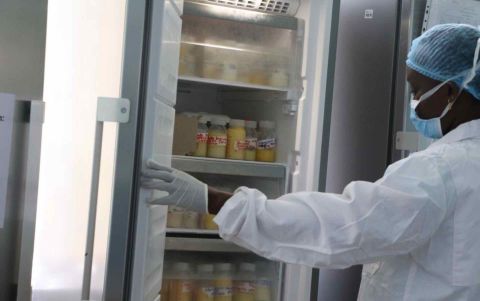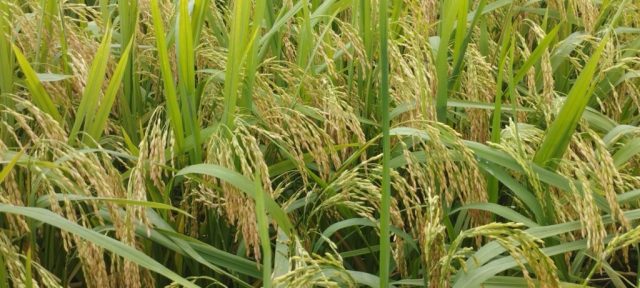Study: Human milk banks offer a promising option to address sub-Saharan Africa’s staggeringly high neonatal mortality rates
- From
-
Published on
23.04.24
- Impact Area

Global child survival rates have risen since 1990 and facility births have increased. Yet improvements in neonatal mortality rates have lagged. From 1990-2020, this measure declined at a slower rate than post-neonatal under-5 mortality. Notably, virtually all (99%) of the children who died within the first four weeks of life were in the world’s poorer regions, with sub-Saharan Africa (SSA) and South Asia being the most affected. In fact, the SSA region has the highest neonatal mortality rate in the world, with 27 deaths per 1000 live births, accounting for 43% of global newborn deaths.
The first month of life, particularly the first week, is the most crucial time for survival. In 2020, 2.4 million newborns died globally, with 75% of those deaths occurring within the first week. Most deaths within the first 28 days of birth are traced to health problems linked to inadequate care during delivery and the initial hours and days afterward. Causes include premature birth, complications during delivery (such as birth asphyxia, i.e., the inability to breathe at birth), infections, and birth defects.
Related news
-

Positioning healthier rice varieties in Odisha for market demand and farmer income
International Rice Research Institute (IRRI)28.10.25-
Nutrition
-
Poverty reduction, livelihoods & jobs
In western Odisha, farmer groups and women’s self-help groups are taking the lead in bringing…
Read more -
-

SOILutions for Security: CGIAR at the 2025 Borlaug Dialogue
Multifunctional Landscapes Science Program22.10.25-
Biodiversity
-
Environmental health
-
Environmental health & biodiversity
-
Food security
-
Nutrition
From October 21–23, CGIAR will join global partners in Des Moines, Iowa for the 2025…
Read more -
-

New insights on how rainfall patterns influence arsenic in rice
International Rice Research Institute (IRRI)14.10.25-
Nutrition
By Bushra Humaira Sadaf Arsenic in rice has long been linked to contaminated irrigation water,…
Read more -
